Twists and turns with Mary Oliver, Alan Watts and Astrid Lindgren...

Spring – particularly April – is a transitional time, sometimes mistakenly treated as the draughty waiting room for summer. In Sweden there’s a joke about all the false starts to spring we have: first comes “Fool’s Spring”, then “The Spring of Deception” before “Real Spring” finally appears. The weather seems sluggish to come out of its wintery state, and oscillates between days of bright sunshine and biting wind. There’s a feeling that we want to shake off the between-ness and get on with summer. But so it is with life – you think everything is going neatly in one direction (warm spring days!), only to be thrown a surprise twist (yet another snow shower). This month I’ve been wondering: is there a greater possibility to lean into the twists and turns of April? To let this erratic, changeable month not frustrate, but rather entertain. And, instead of waiting for it to end, perhaps we can enjoy the liminal, unpredictable space it presents us with.
And so to this month’s Spring – right here in our spring of sun-with-snowy-showers – with some nuggets we loved to shine some warmth into the rest of your April.

Furse presents Diana, goddess of the hunt, in a contemporary setting. The model was his wife Katharine. She recalled “Charles had the design of the wind-blown figure in his mind… He was very anxious to see the whole effect, so I dressed up and my stepmother-in-law Gertrude was brought in to help the wind”. The painting was very popular when it was first exhibited, and was used in many advertisements at the time.
Spring
by Mary Oliver (As printed in Poetry Magazine, April 1990.)And here is the serpent again,
dragging himself out from his nest of darkness,
his cave under the black rocks,
his winter-death.
He slides over the pine needles.
He loops around the bunches of rising grass,
looking for sun.Well, who doesn’t want the sun after a long winter?
I step aside,
he feels the air with his soft tongue,
around the bones of his body he moves like oil,downhill he goes
toward the black mirrors of the pond.
Last night it was still so cold
I woke and went out to stand in the yard,
and there was no moon.And so I just stood there, inside the jaw of nothing.
An owl cried in the distance,
I thought of Jesus, how he
crouched in the dark for two nights
then floated back above the horizon.There are so many stories,
more beautiful than answers.
I follow the snake down to the pondthick and musky he is
as circular as hope.
Mary Oliver (1935-2019) published two poems called Spring, and both revolve around natural imagery. Oliver had what she called a “dark, dysfunctional” childhood home, and consequently, her deep relationship with the natural world developed. During her life she became famed and loved for writing that revealed the solace and wisdom of wild things. The more well-known of the two Spring poems begins with a black bear waking up after hibernation. In this version, published in Poetry Magazine in 1990, we begin with a serpent.
The word “serpent” is used carefully here. But the religious, sinister associations are dampened by the sprightly, informal language. Oh, it seems to say, here’s my old pal again! Similarly to the bear, the serpent is emerging sluggishly from a deep winter sleep, in search of warmth. But in this poem, the sentences linger on to the next line or stanza, like the curling endless lines of the snake’s body.
Like the snake, the speaker emerges from sleep (or sleeplessness, perhaps), now with a more direct religious reference, about Jesus’ two-night death before the Easter resurrection. Even Jesus, she thinks, lingered in darkness at one point. In this liminal space, between seasons and between night and day, Oliver realises the power of present-moment narrative. In stories, the quest is more magical and infinite and engrossing than the end result.
By the end of the poem, the serpent has become a snake, shedding its sinful associations seamlessly like a too-small skin. The snakes ‘circularity’ (or curving lines) offer a parallel to the curving progress of life, the a-linear process of things, the twists and turns that are more interesting than a straightforward process. This beautiful, creative line is what leads us to hope. Instead of stepping aside, as she does earlier in the poem, this time the narrator follows him down to the pond, a traditional symbol of tranquillity.
“If you’re going to live in a fantasy, make it a good one.”
Philippa Perry
Some things, it seems, happen for a reason. Sometimes, it’s easier to believe that the story of time is woven out and decided by the Moirai fates, and that it’s all out of our hands. Other times, it’s comforting to believe that we have control over everything, and that our good deeds and lucky charms will return better luck to us further down the line. But in all moments, The Chinese philosophy of Dao (also written as Tao) teaches us that a neutral approach, or “middle way”, is the best way to handle whatever befalls us. There is a Daoist story, retold here by Alan Watts in one of his lectures, that explains how creating a small air pocket between our experiences and our reactions can help de-escalate intense situations, and how strong reactions can be made redundant in the fullness of time. This “is-ness” is a calming way of approaching life, and helps us through the events we experience – both expected and unexpected.
As transcribed in Eastern Wisdom, Modern Life: Collected Talks: 1960-1969, by Alan Watts.
Once upon a time there was a Chinese farmer whose horse ran away. That evening, all of his neighbours came around to commiserate. They said, “We are so sorry to hear your horse has run away. This is most unfortunate.” The farmer said, “Maybe.” The next day the horse came back bringing seven wild horses with it, and in the evening everybody came back and said, “Oh, isn’t that lucky. What a great turn of events. You now have eight horses!” The farmer again said, “Maybe.”
The following day his son tried to break one of the horses, and while riding it, he was thrown and broke his leg. The neighbours then said, “Oh dear, that’s too bad,” and the farmer responded, “Maybe.” The next day the conscription officers came around to conscript people into the army, and they rejected his son because he had a broken leg. Again all the neighbours came around and said, “Isn’t that great!” Again, he said, “Maybe.”
The whole process of nature is an integrated process of immense complexity, and it’s really impossible to tell whether anything that happens in it is good or bad — because you never know what will be the consequence of the misfortune; or, you never know what will be the consequences of good fortune.
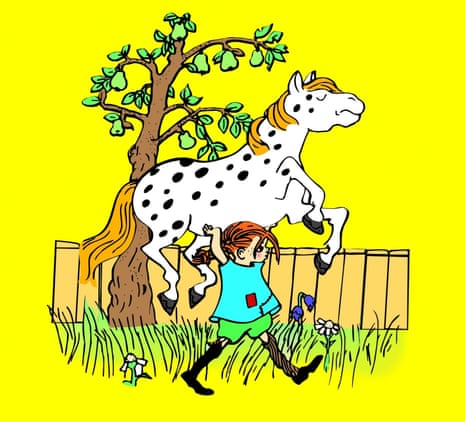
On the 28th March 1944, Astrid Lindgren slipped on an icy path and sprained her ankle. In order to entertain herself during bed rest, Lindgren decided to write down the fantasy bedtime stories she’d been telling to her children about a character named Pippi Långstrump (Pippi Longstocking in English).
Pippi Långstrump was a nonsense name invented by Lindgren’s daughter, Karin. “Tell me about Pippi Långstrump,” Karin requested her mother, out of the blue, while in bed recovering from pneumonia. “I didn’t ask her who Pippi Longstocking was,” Lindgren told The New Yorker in 1983. “I just began the story, and since it was a strange name, it turned out to be a strange girl as well.”
Over the years, Lindgren’s bedtime stories about Pippi, and the quirks of the landscape she lived in, grew into an enormous body of spoken-word work. After transcribing the Pippi stories while recovering from her fall, Lindgren decided to send them to a publisher. They were rejected. The following year, she entered a manuscript into a competition by a different publisher, where it won first prize. Since then, the 30 Pippi books have been translated into 76 languages, and made into several TV and film adaptations.
Pippi turned out to be a groundbreaking character for children’s literature. She was bizarre in a way only children’s imaginations are, she had no parents and did what she wanted – she was free. Her immense, inhuman strength was curbed by her solemn promise to only do good and no harm. She seemed illogical, unfeminine, unrefined and completely alien to the conventions of the time.
“Oh yes, time flies and before you know it you’re old,” said Pippi. “Come autumn I’ll be ten, and I suppose I’ll be past my prime then.”
– From Pippi Longstocking Goes Abroad
To reach an old age, you must at some point pass 70 years. A supporter of The Spring landed there last week, and to celebrate, I composed a piano piece and some words.
Being seventy.
I feel all of what has been.
Lift away and weigh on me.
I have lived.
A body keeping up.
Up to much good.
With care I learn.
To control without.
I led you all with what I had.
I hold you all with all I have.
A smile that we pass.
To the ones who know how to laugh.
Paying forward with grace.
For the many years to come.
Until next month…
May you be well, happy, whole, and free.
T & B
~~~~~~
Invite your friends to subscribe!
![]() Being with dark and light
Being with dark and light![]() Don't leave!
Don't leave!![]() Unlikely meeting points & unlikely collaborations 🌗
Unlikely meeting points & unlikely collaborations 🌗![]() Sit in the middle of things 🧘♀️🪻
Sit in the middle of things 🧘♀️🪻![]() 5 things I learned at a Buddhist monastery
5 things I learned at a Buddhist monastery![]() 6 good things to do
6 good things to do![]() Extraordinary ordinariness: space orbits and sleeping dogs
Extraordinary ordinariness: space orbits and sleeping dogs![]() The ebb and flow of things
The ebb and flow of things![]() A short breath in the bardo
A short breath in the bardo![]() A slender cord of grace
A slender cord of grace![]() Artists reflect on water
Artists reflect on water![]() A love letter to a loaded gun
A love letter to a loaded gun![]() Are you for real?
Are you for real?![]() What is a good life?
What is a good life?![]() Who decides what you think?
Who decides what you think?![]() When new year should be according to history...
When new year should be according to history...![]() Does Mozart really make you smarter?
Does Mozart really make you smarter?![]() Old stories to find light in dark times
Old stories to find light in dark times![]() The human need to put things together
The human need to put things together![]() The power of trends: the good, the bad and the pumpkin-spiced.
The power of trends: the good, the bad and the pumpkin-spiced.![]() From terrestrial to celestial – where do we find inspiration?
From terrestrial to celestial – where do we find inspiration?![]() The illusion of ownership
The illusion of ownership![]() Let’s go down the rabbit hole 🐇
Let’s go down the rabbit hole 🐇![]() Identity, the artist, and #goblinmode
Identity, the artist, and #goblinmode![]() Punk and her godmothers
Punk and her godmothers![]() The ultimate journey – homecoming, heroes and wholeness.
The ultimate journey – homecoming, heroes and wholeness.![]() It’s mushroom month...
It’s mushroom month...![]() Robots, AI and artistry, oh my!
Robots, AI and artistry, oh my!![]() Longevity, love and memory...
Longevity, love and memory...![]() Summer, Freud and a sonnet...
Summer, Freud and a sonnet...![]() When surreal makes sense – exploring with Dorothea Tanning, Olga Tokaczuk and more...
When surreal makes sense – exploring with Dorothea Tanning, Olga Tokaczuk and more...![]() Twists and turns with Mary Oliver, Alan Watts and Astrid Lindgren...
Twists and turns with Mary Oliver, Alan Watts and Astrid Lindgren...![]() First flowers of spring: the need for beauty and hope at all times
First flowers of spring: the need for beauty and hope at all times![]() Defining reality, playing with illusion with Robert Frost, Hilma Af Kilnt and more...
Defining reality, playing with illusion with Robert Frost, Hilma Af Kilnt and more...![]() Celebrating the cycles of light and dark with Joan Didion, Danez Smith and more...
Celebrating the cycles of light and dark with Joan Didion, Danez Smith and more...

 Being with dark and light
Being with dark and light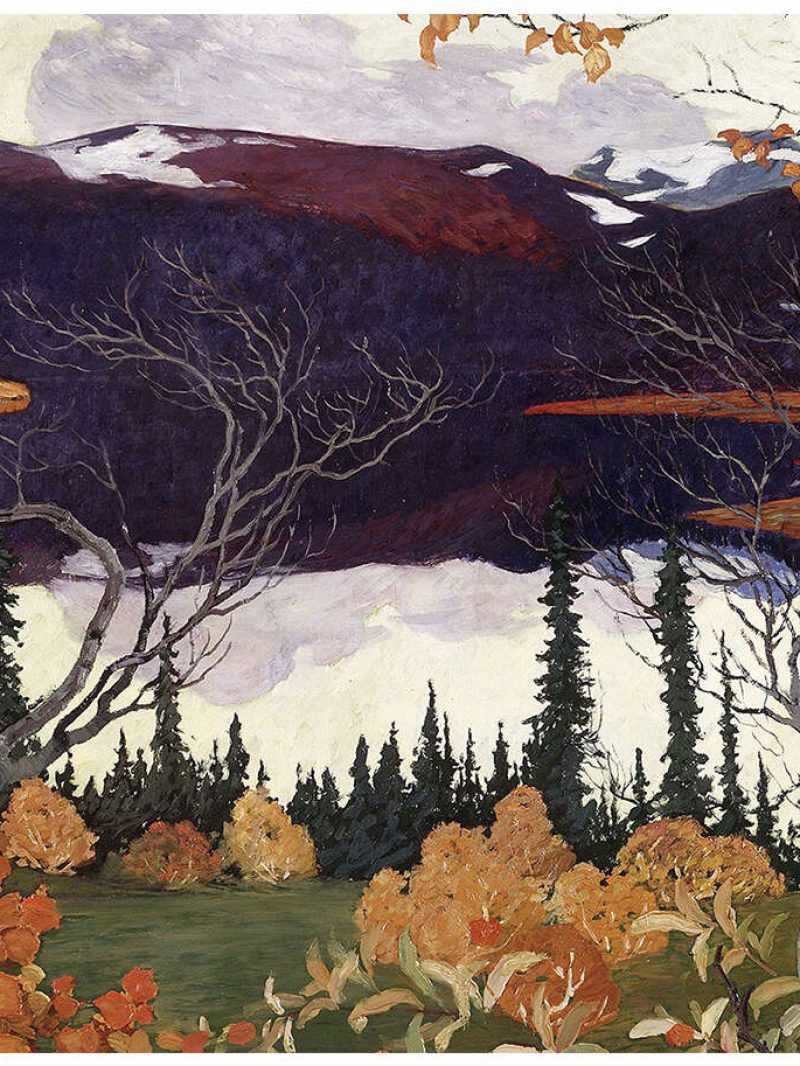 Don't leave!
Don't leave!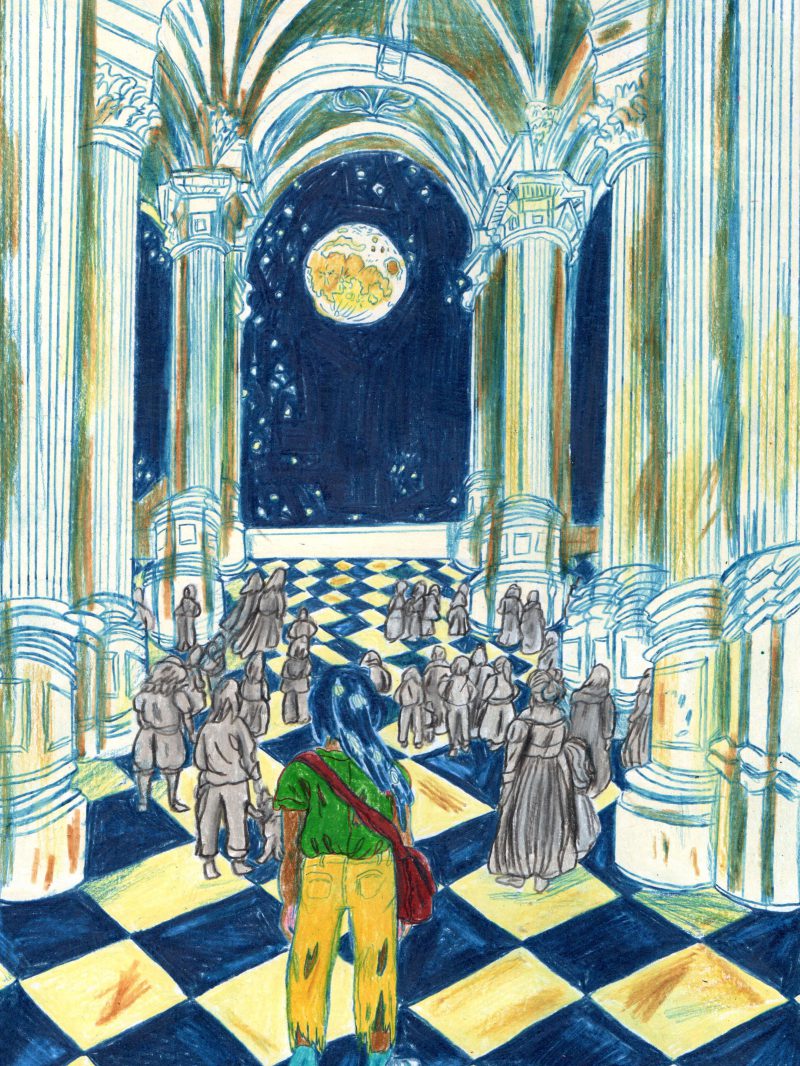 Unlikely meeting points & unlikely collaborations 🌗
Unlikely meeting points & unlikely collaborations 🌗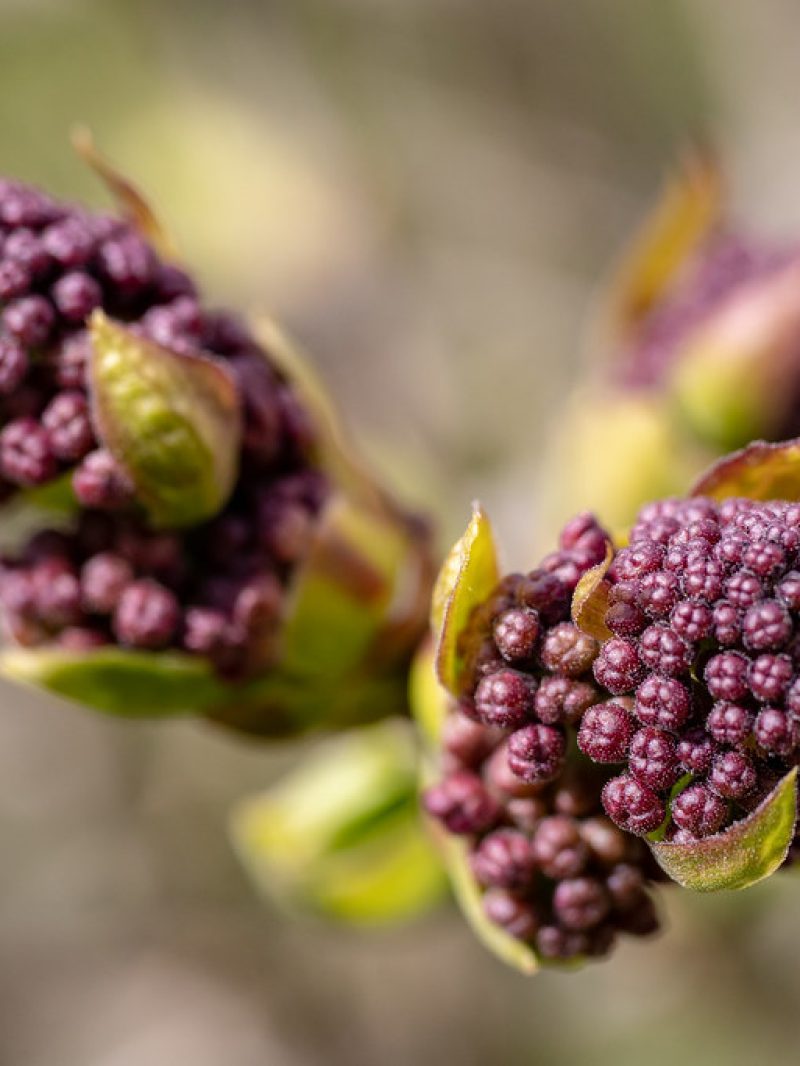 Sit in the middle of things 🧘♀️🪻
Sit in the middle of things 🧘♀️🪻 5 things I learned at a Buddhist monastery
5 things I learned at a Buddhist monastery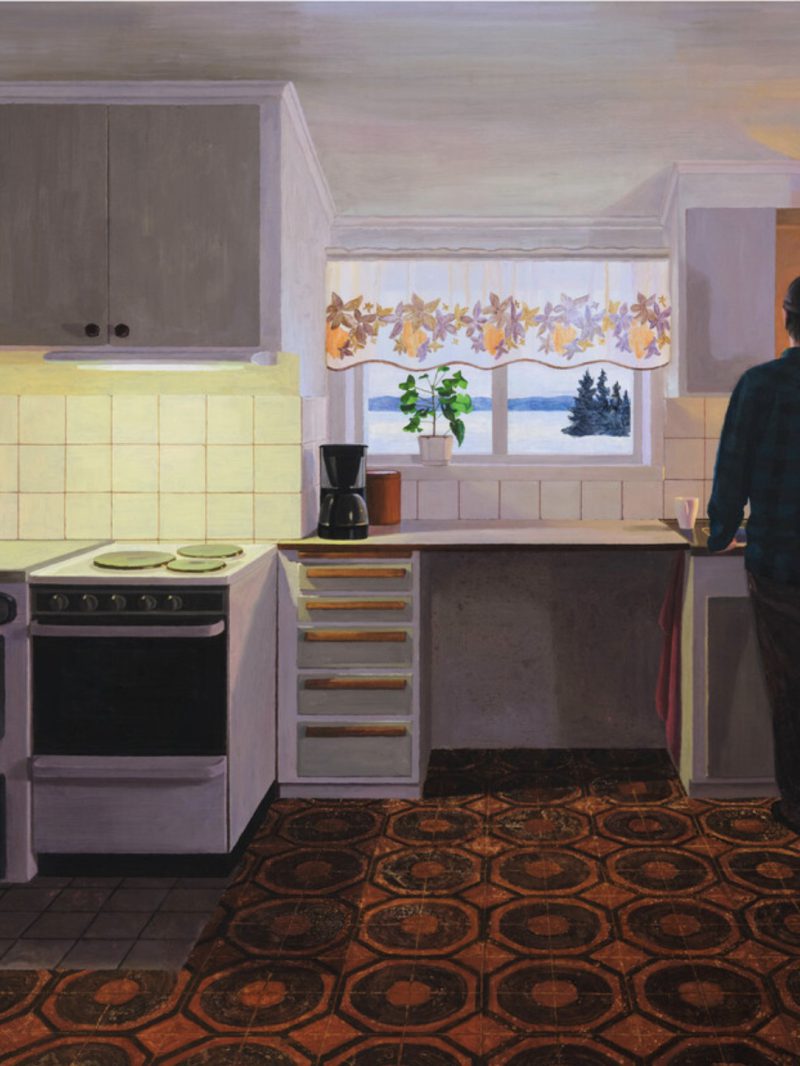 6 good things to do
6 good things to do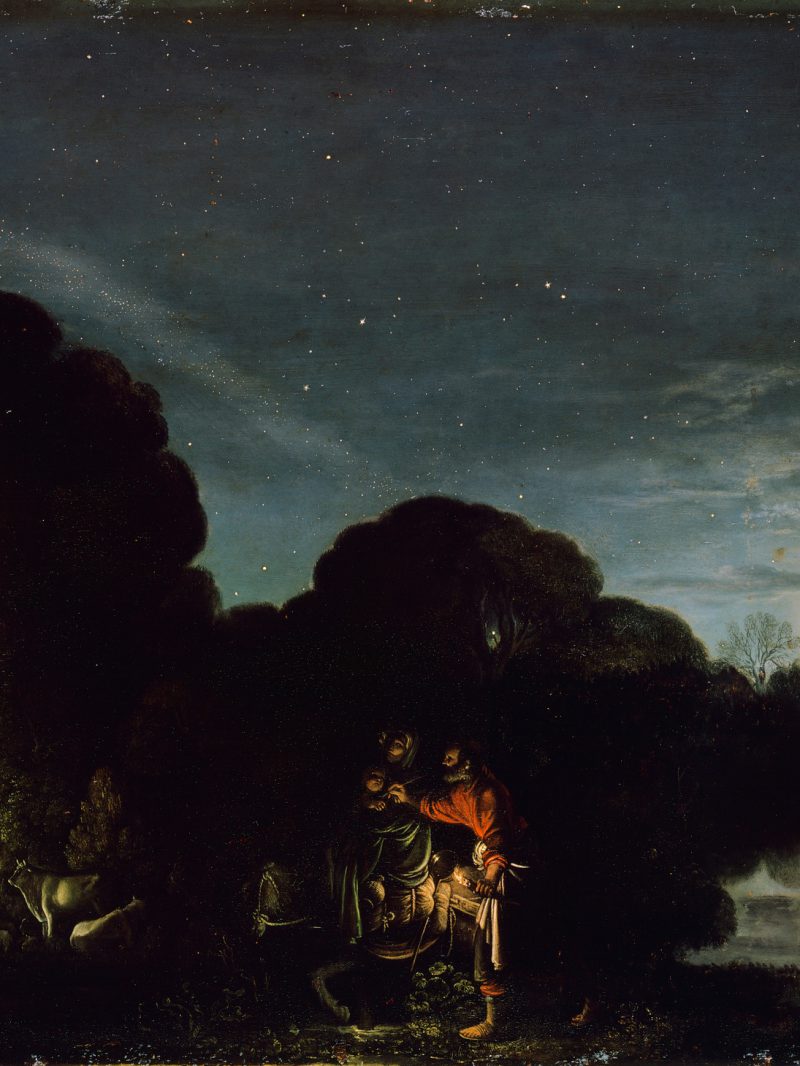 Extraordinary ordinariness: space orbits and sleeping dogs
Extraordinary ordinariness: space orbits and sleeping dogs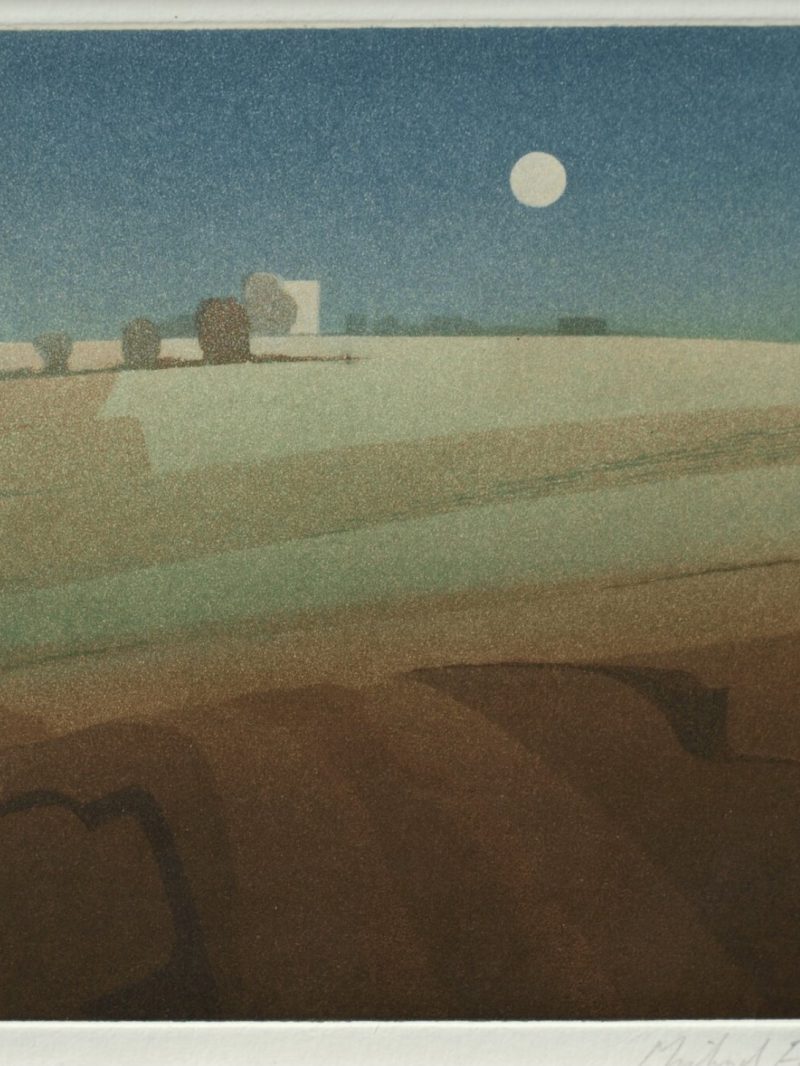 The ebb and flow of things
The ebb and flow of things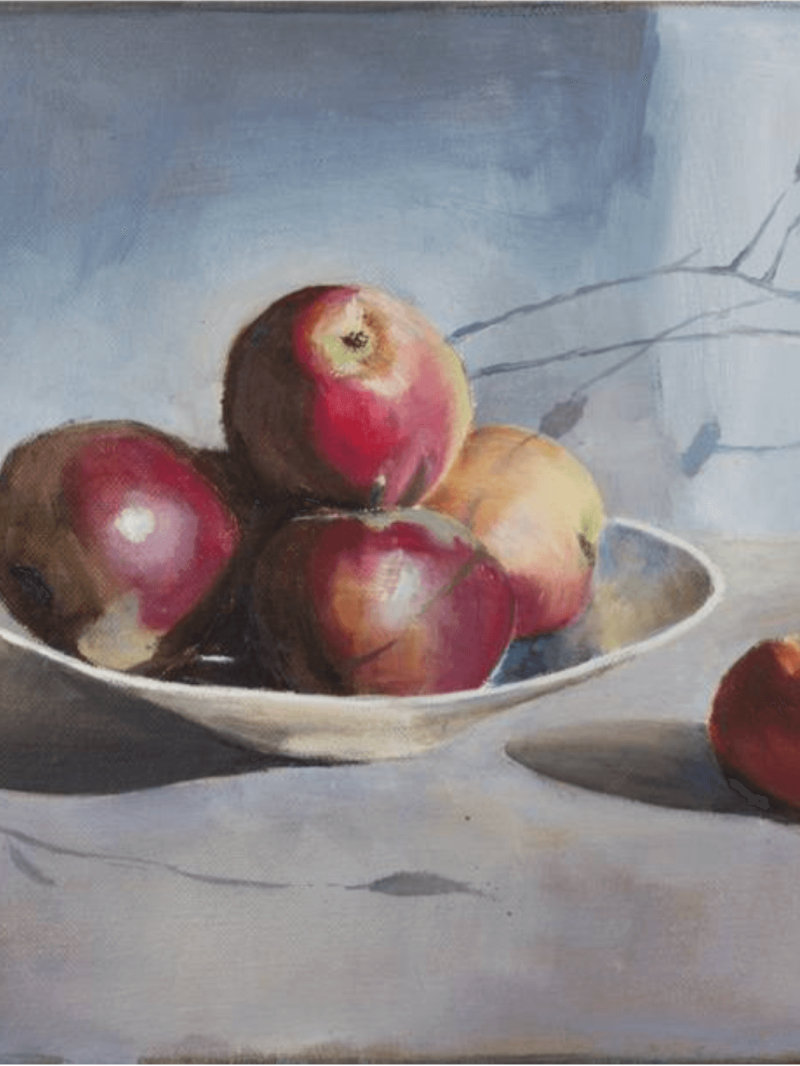 A short breath in the bardo
A short breath in the bardo A slender cord of grace
A slender cord of grace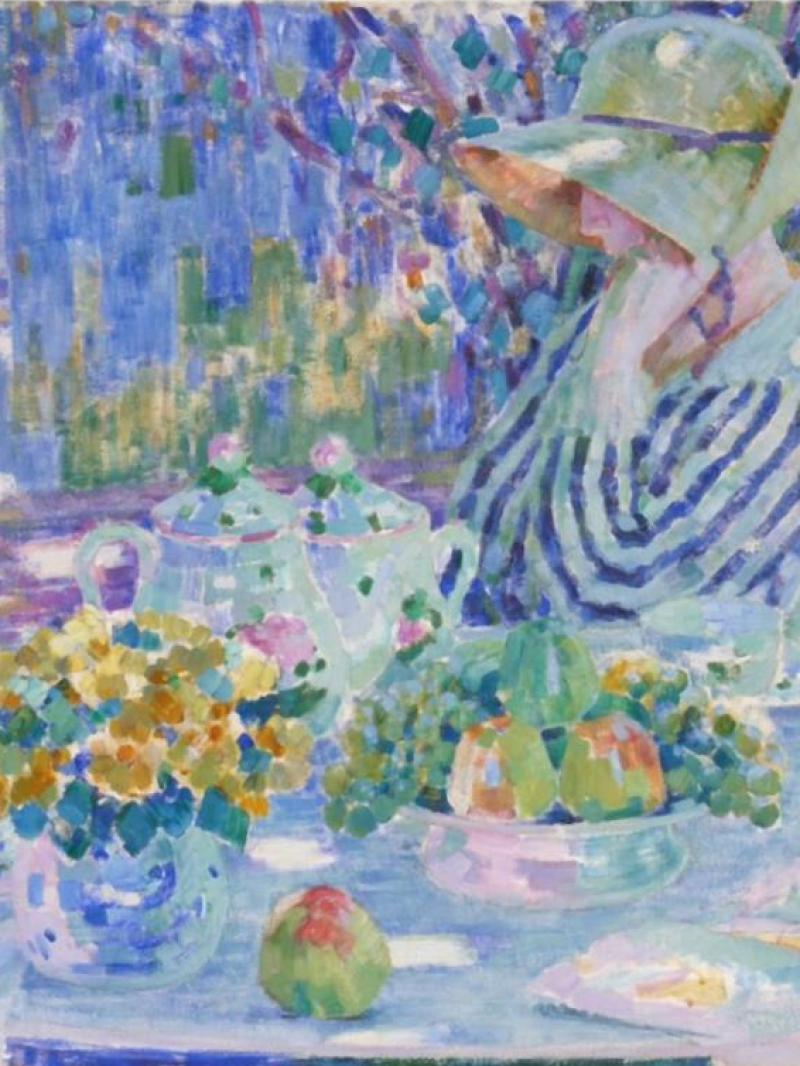 Artists reflect on water
Artists reflect on water A love letter to a loaded gun
A love letter to a loaded gun Are you for real?
Are you for real?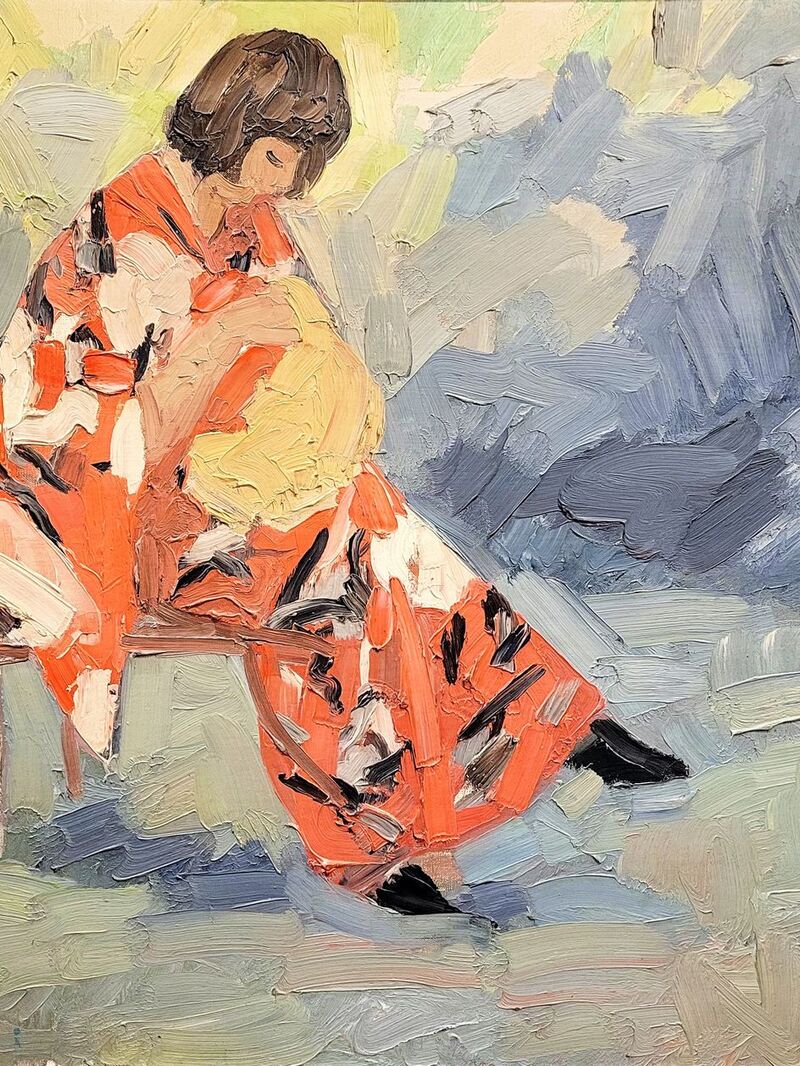 What is a good life?
What is a good life?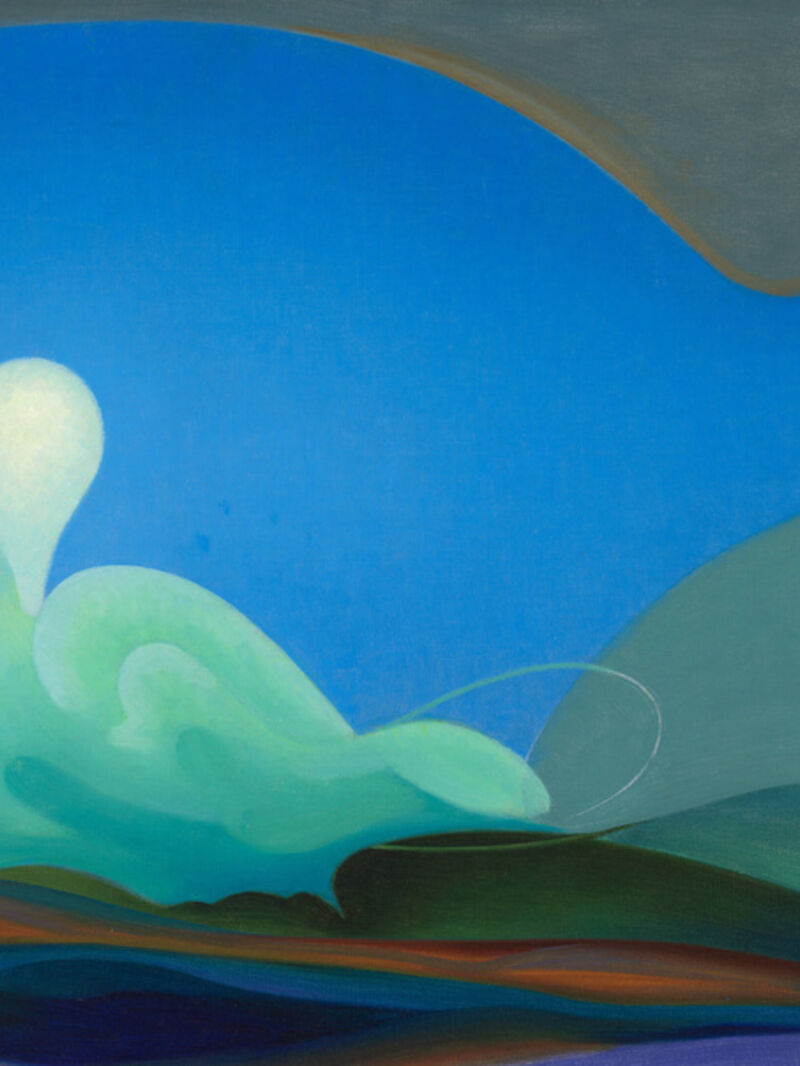 Who decides what you think?
Who decides what you think?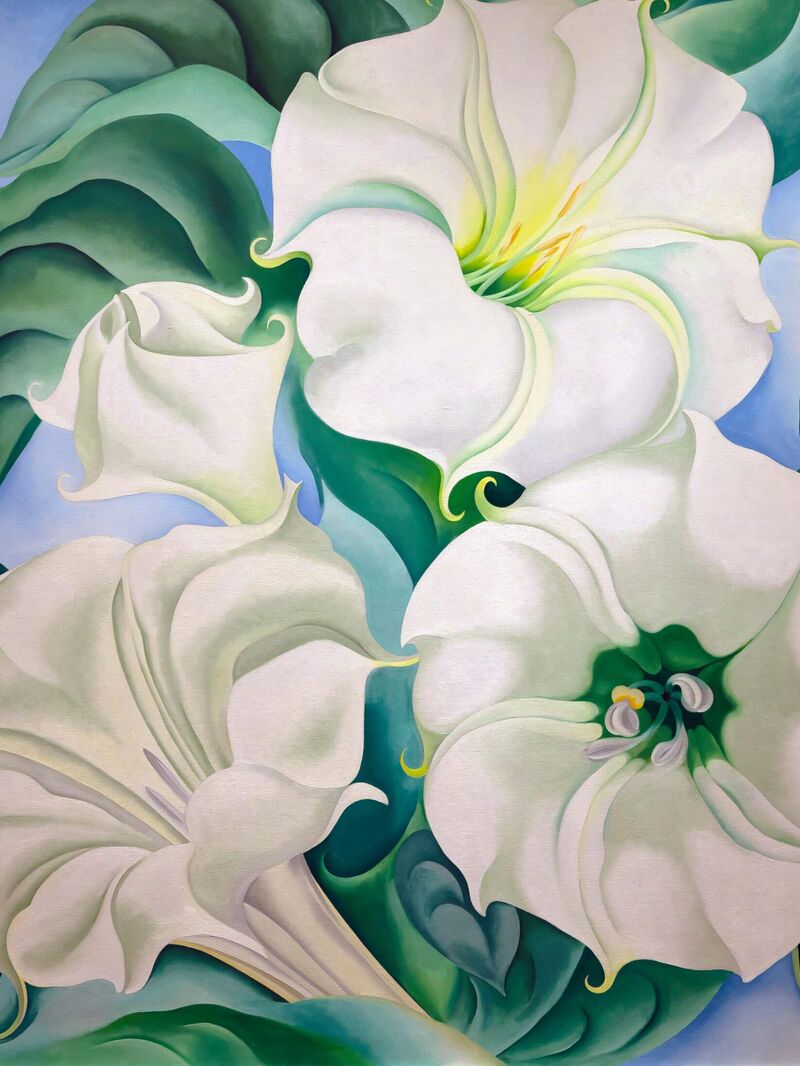 When new year should be according to history...
When new year should be according to history...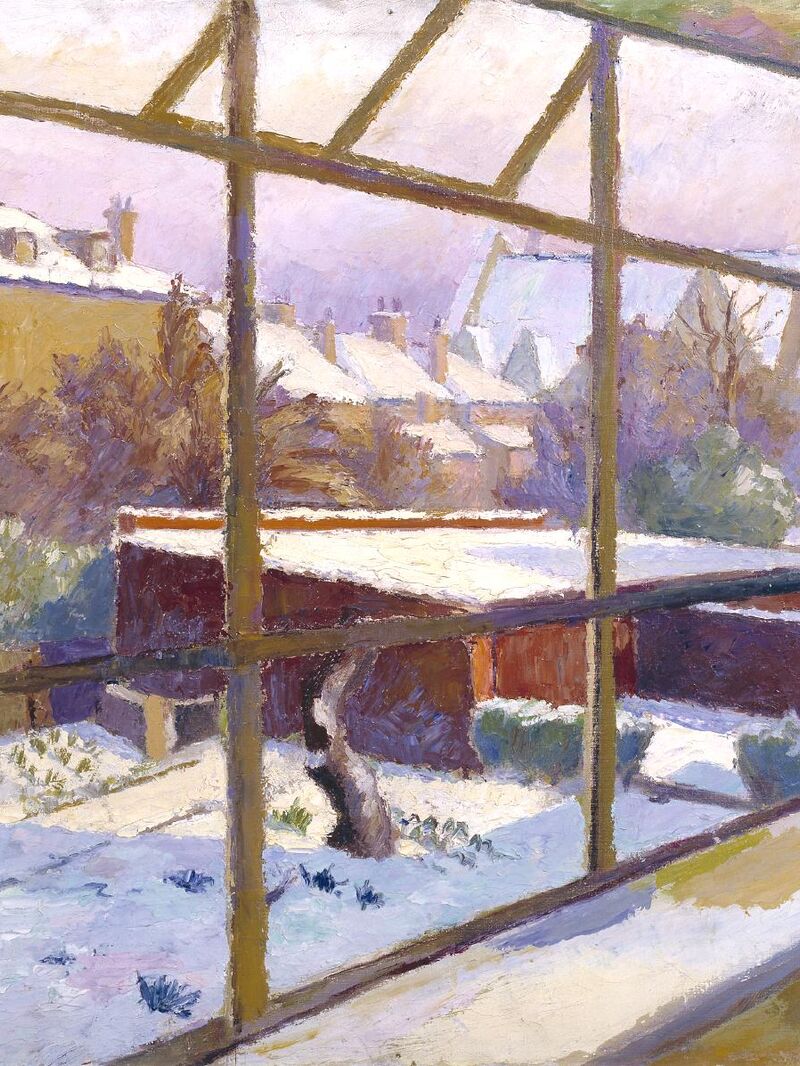 Does Mozart really make you smarter?
Does Mozart really make you smarter?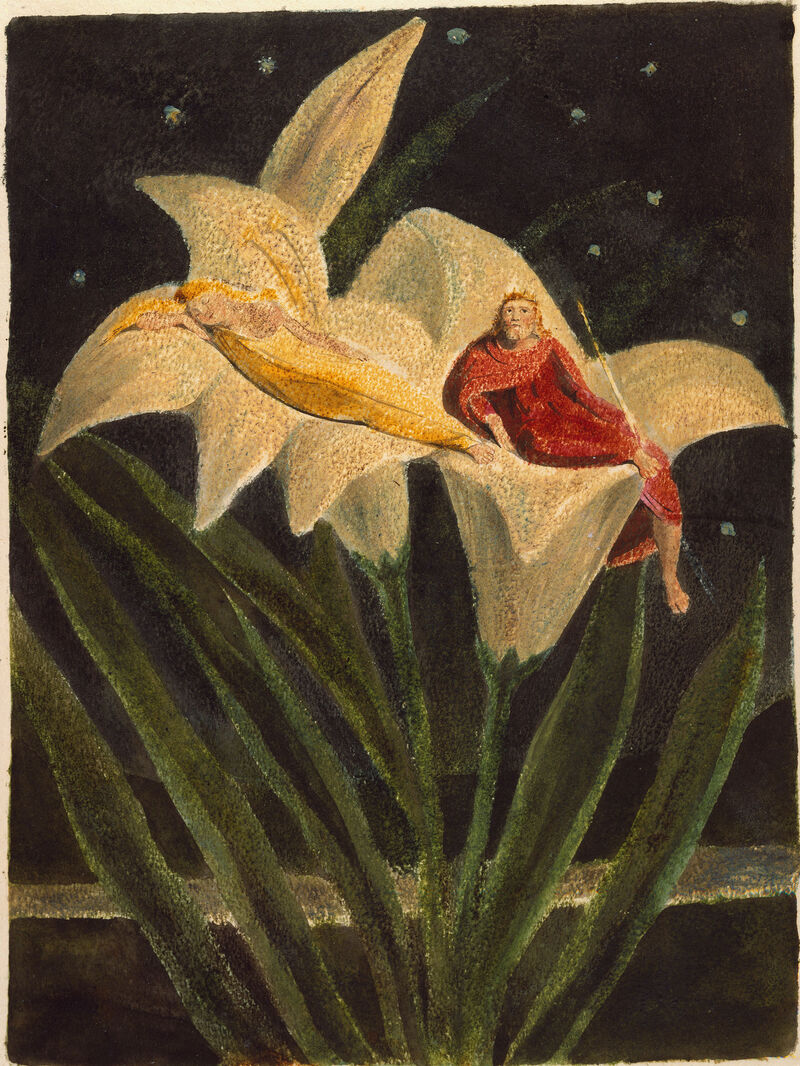 Old stories to find light in dark times
Old stories to find light in dark times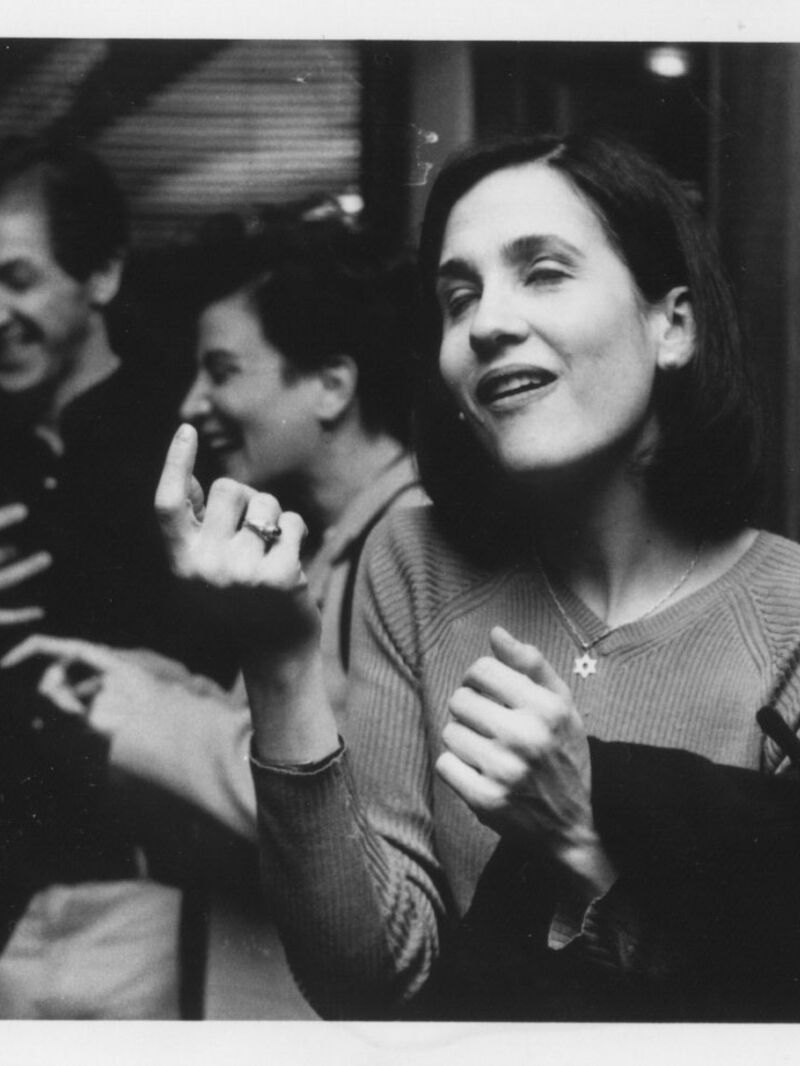 The human need to put things together
The human need to put things together The power of trends: the good, the bad and the pumpkin-spiced.
The power of trends: the good, the bad and the pumpkin-spiced. From terrestrial to celestial – where do we find inspiration?
From terrestrial to celestial – where do we find inspiration?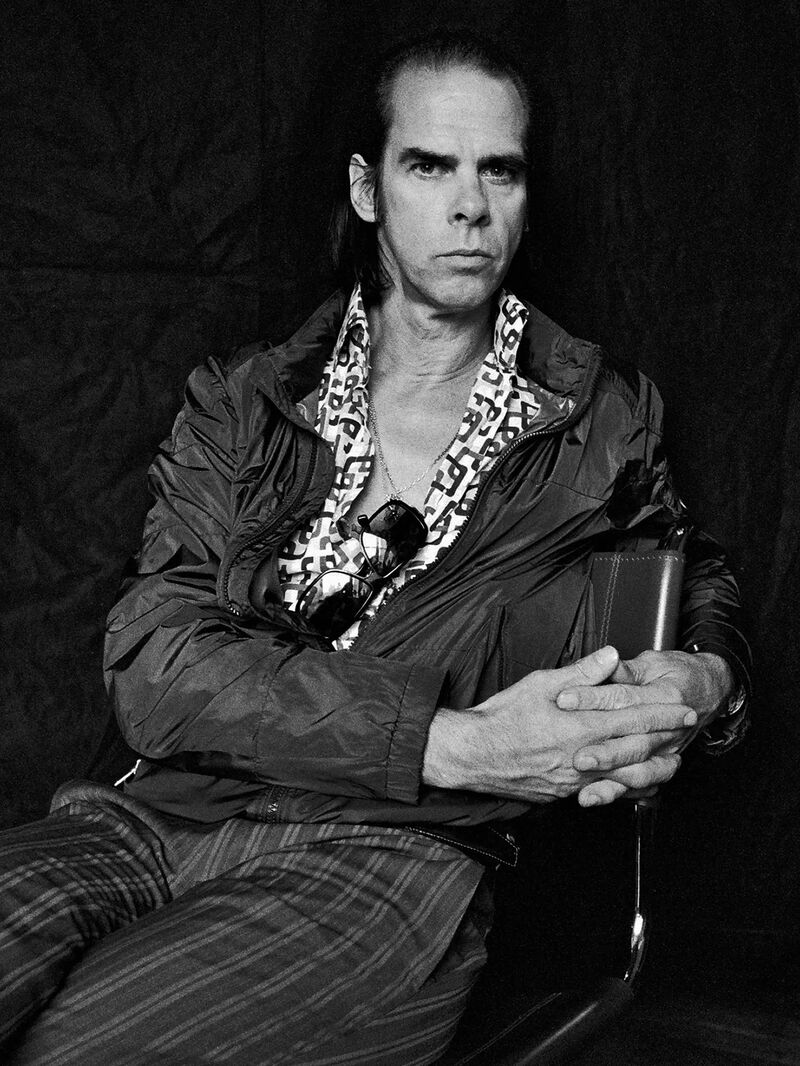 The illusion of ownership
The illusion of ownership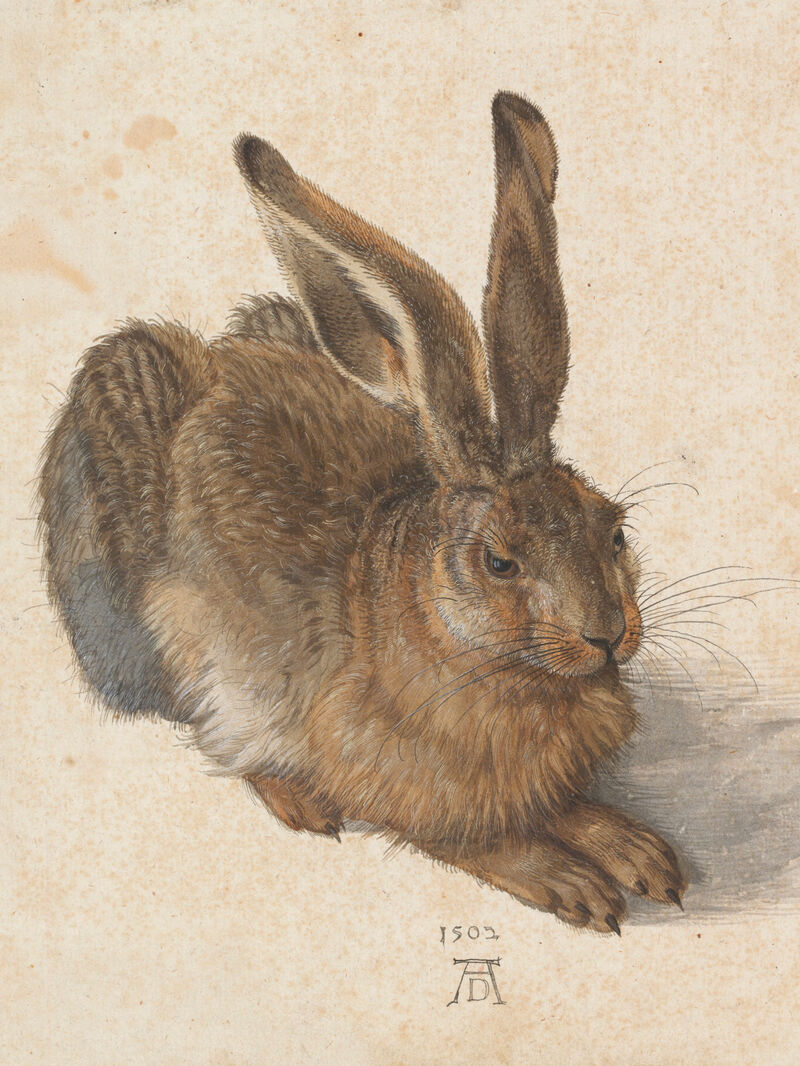 Let’s go down the rabbit hole 🐇
Let’s go down the rabbit hole 🐇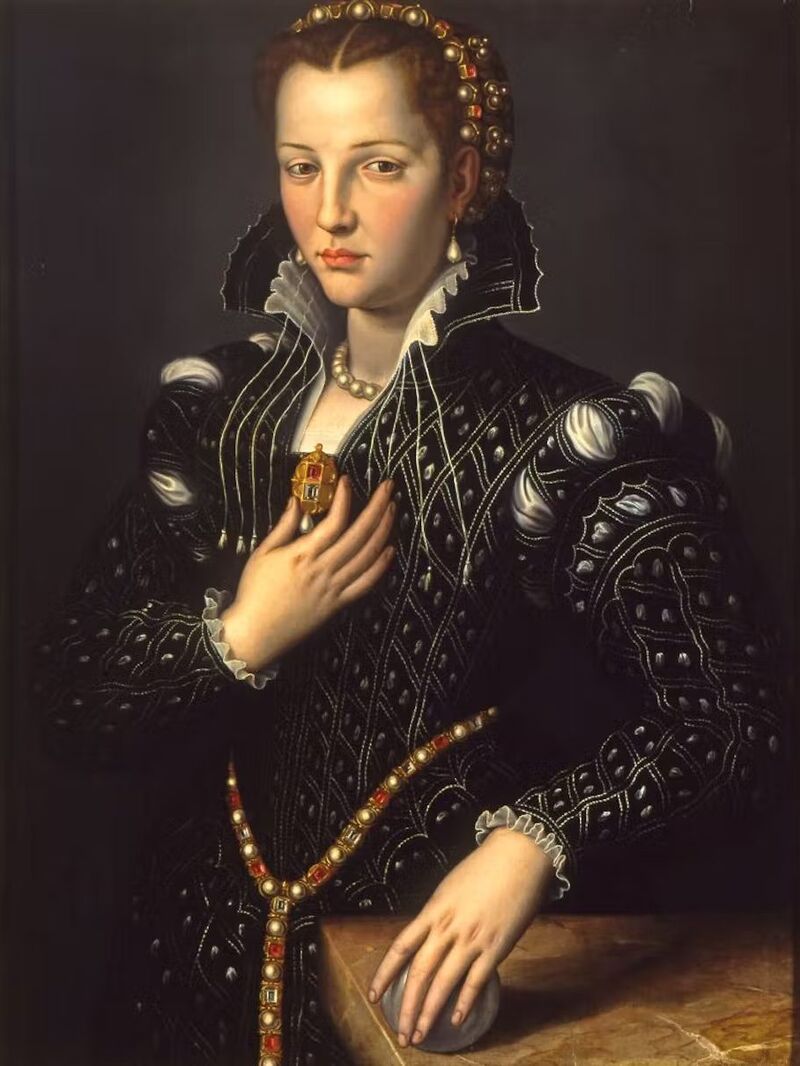 Identity, the artist, and #goblinmode
Identity, the artist, and #goblinmode Punk and her godmothers
Punk and her godmothers The ultimate journey – homecoming, heroes and wholeness.
The ultimate journey – homecoming, heroes and wholeness.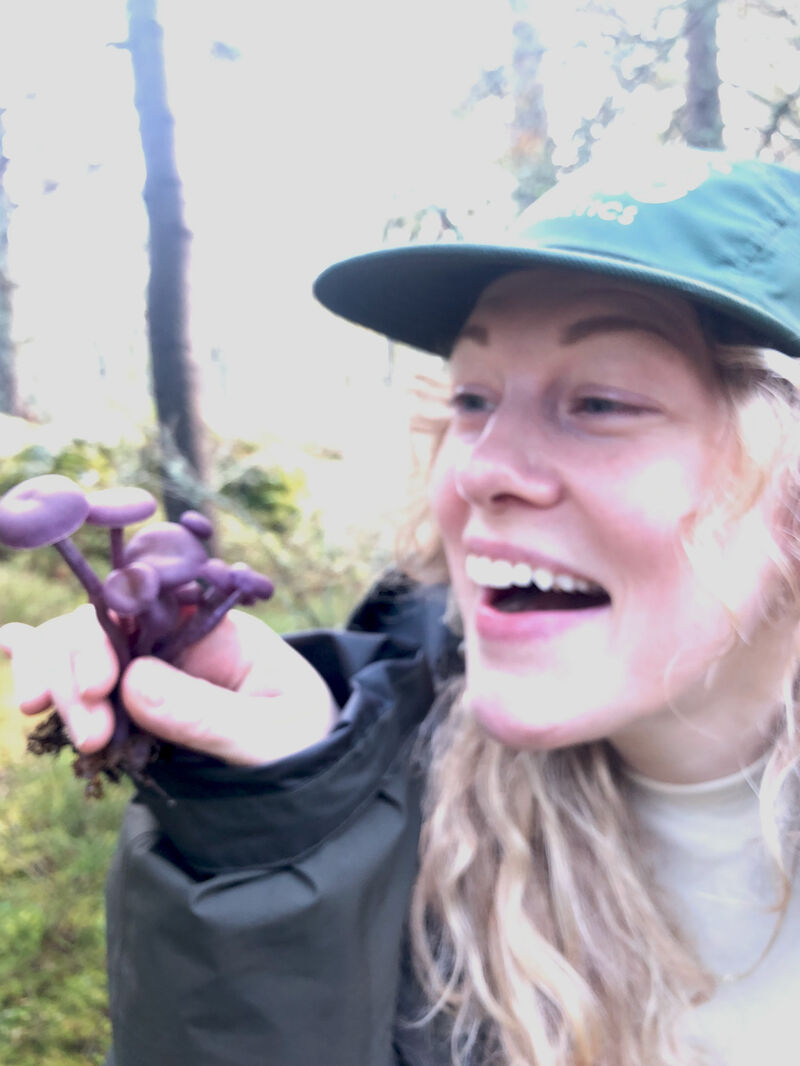 It’s mushroom month...
It’s mushroom month... Robots, AI and artistry, oh my!
Robots, AI and artistry, oh my!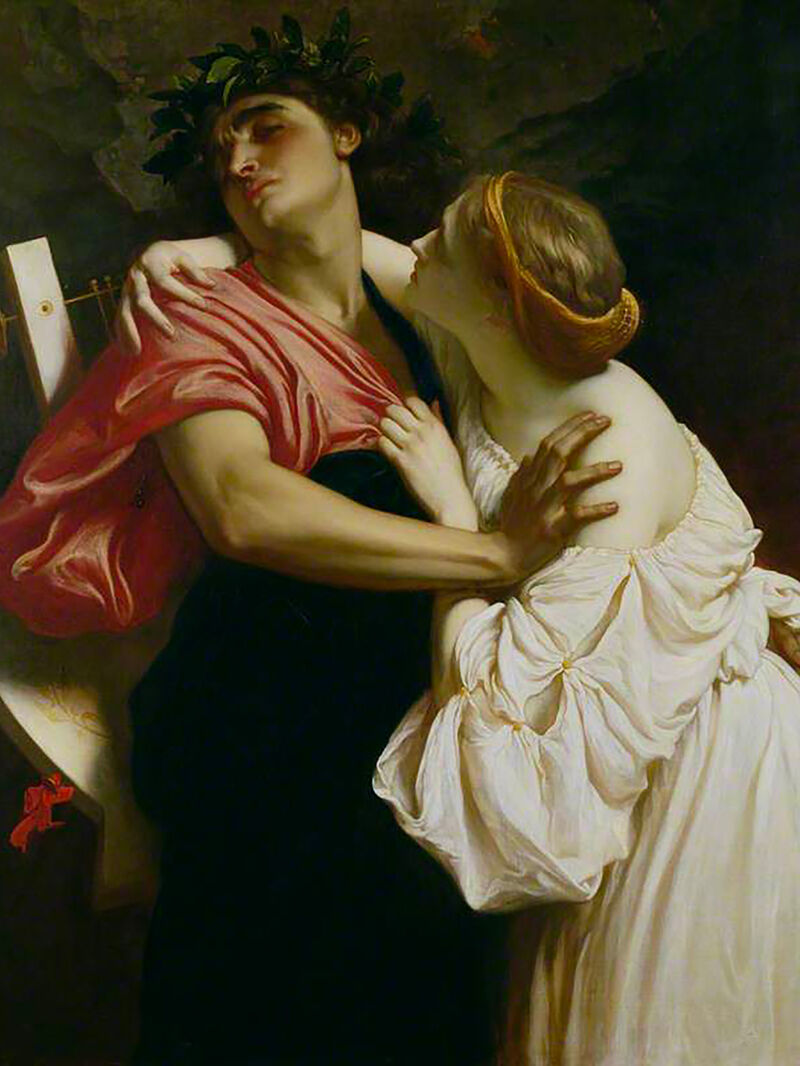 Longevity, love and memory...
Longevity, love and memory...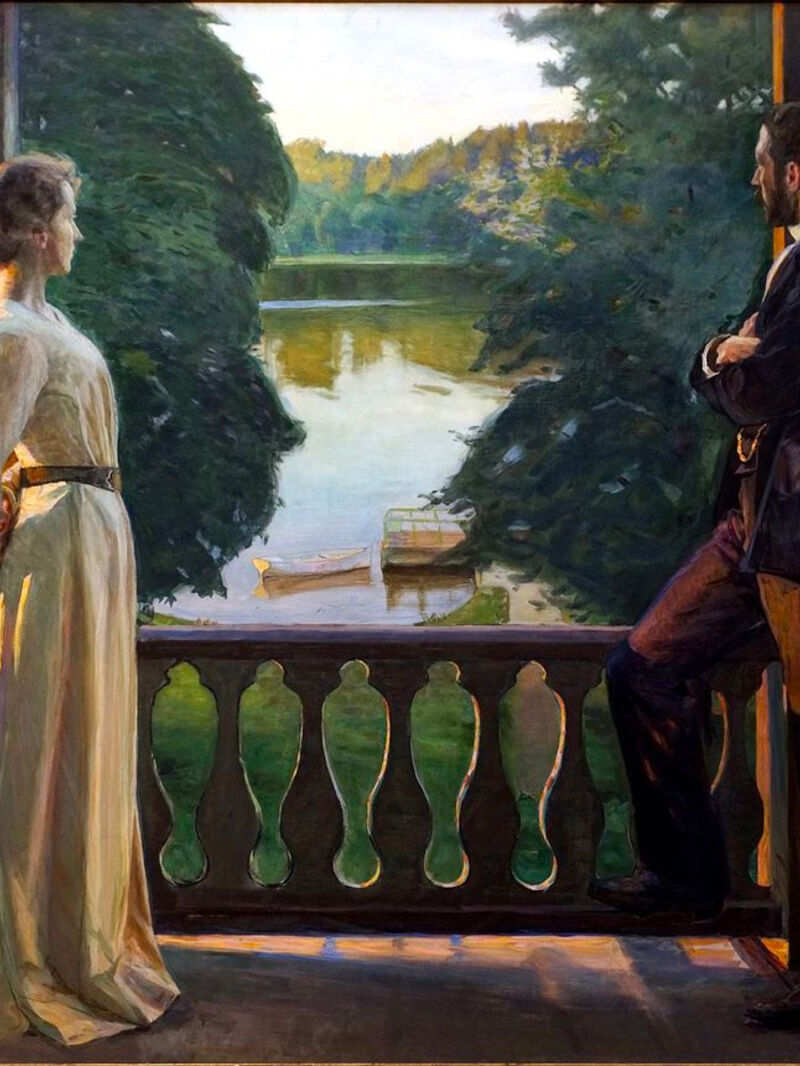 Summer, Freud and a sonnet...
Summer, Freud and a sonnet...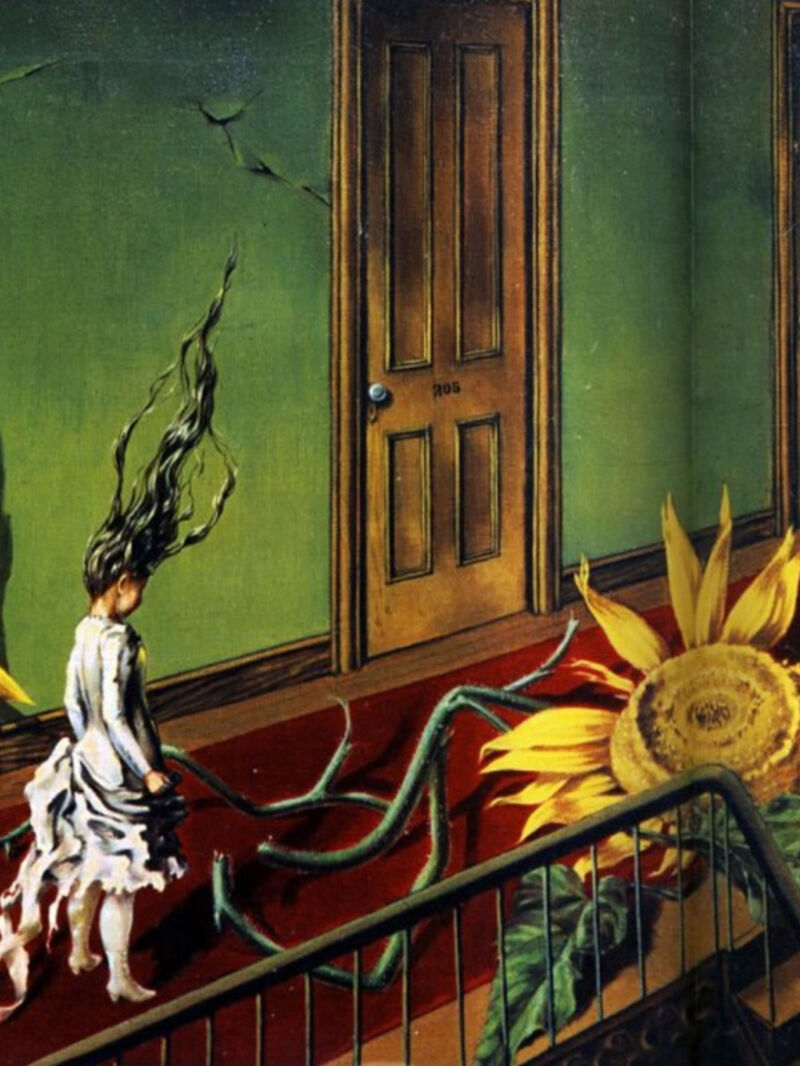 When surreal makes sense – exploring with Dorothea Tanning, Olga Tokaczuk and more...
When surreal makes sense – exploring with Dorothea Tanning, Olga Tokaczuk and more...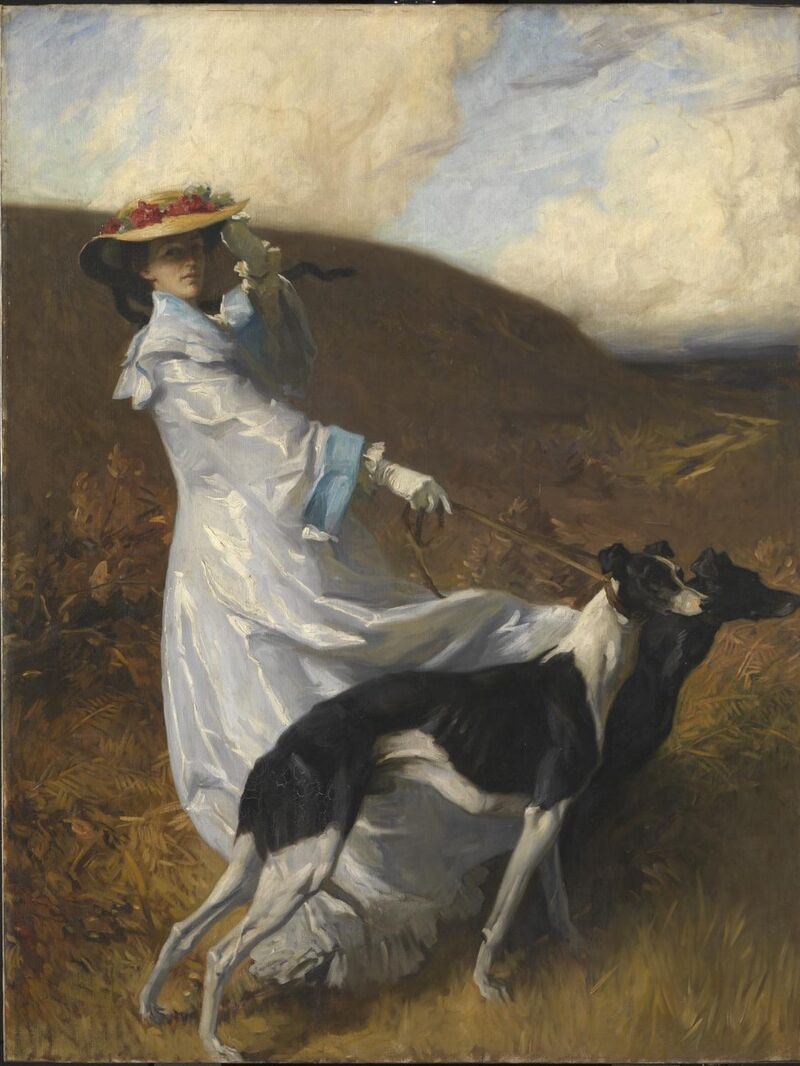 Twists and turns with Mary Oliver, Alan Watts and Astrid Lindgren...
Twists and turns with Mary Oliver, Alan Watts and Astrid Lindgren...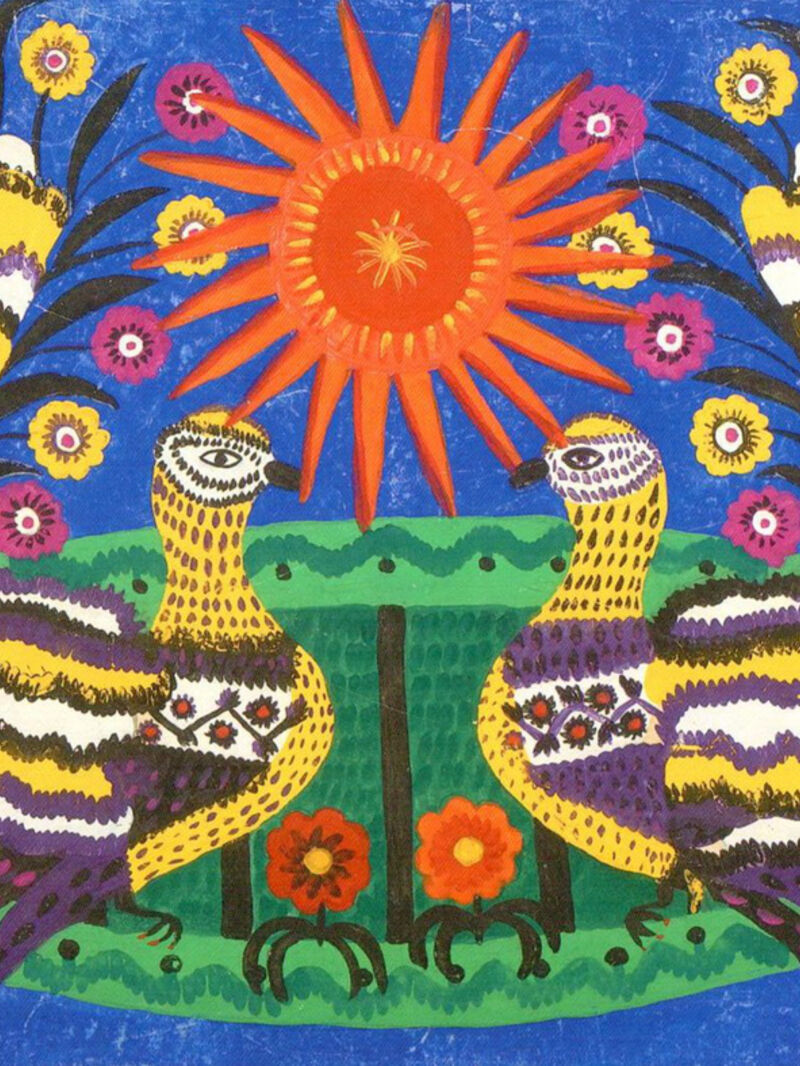 First flowers of spring: the need for beauty and hope at all times
First flowers of spring: the need for beauty and hope at all times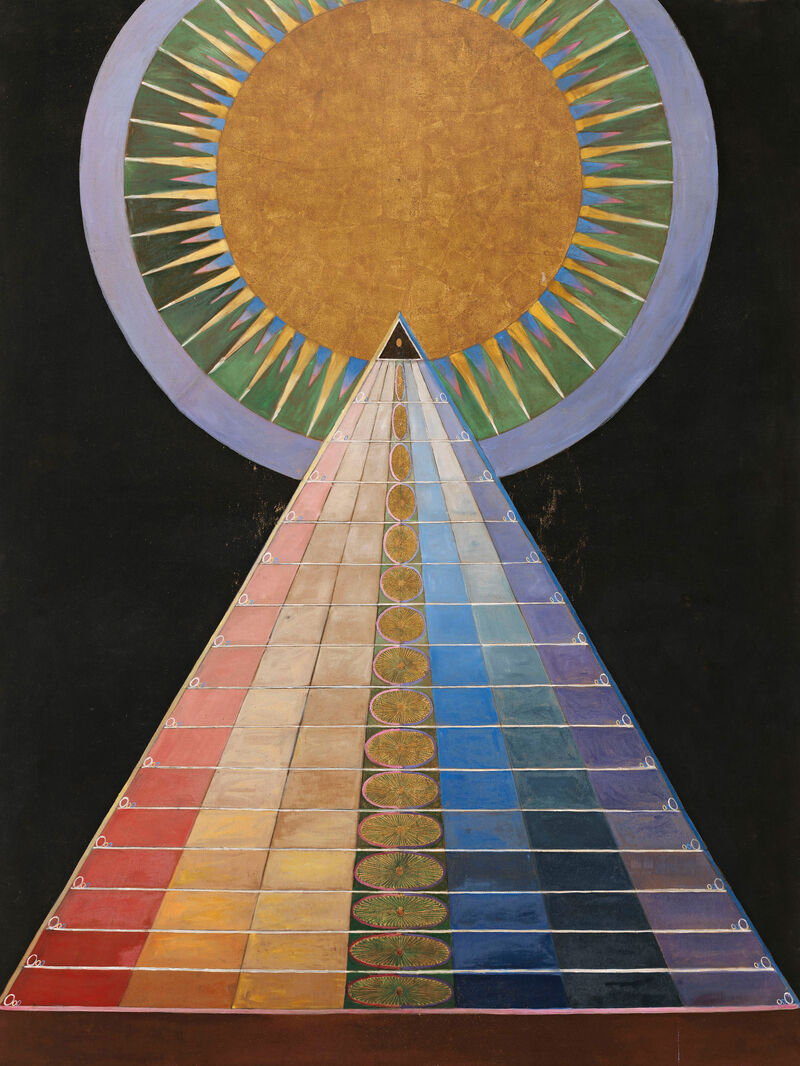 Defining reality, playing with illusion with Robert Frost, Hilma Af Kilnt and more...
Defining reality, playing with illusion with Robert Frost, Hilma Af Kilnt and more...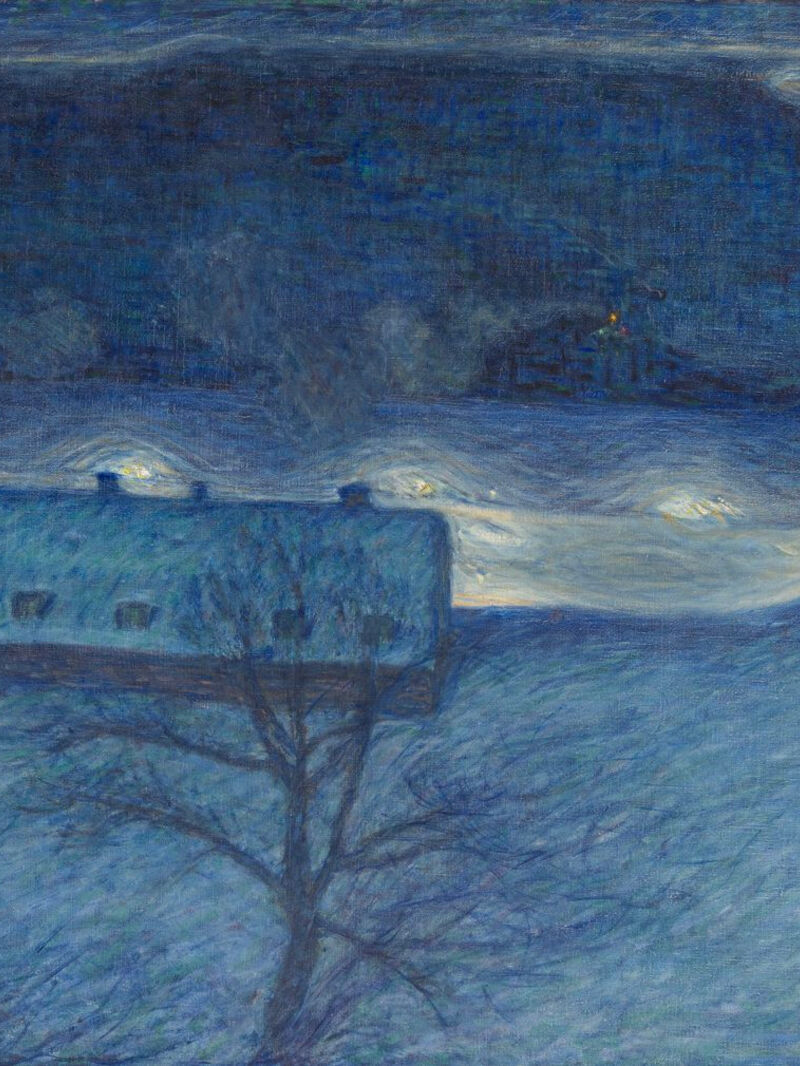 Celebrating the cycles of light and dark with Joan Didion, Danez Smith and more...
Celebrating the cycles of light and dark with Joan Didion, Danez Smith and more...